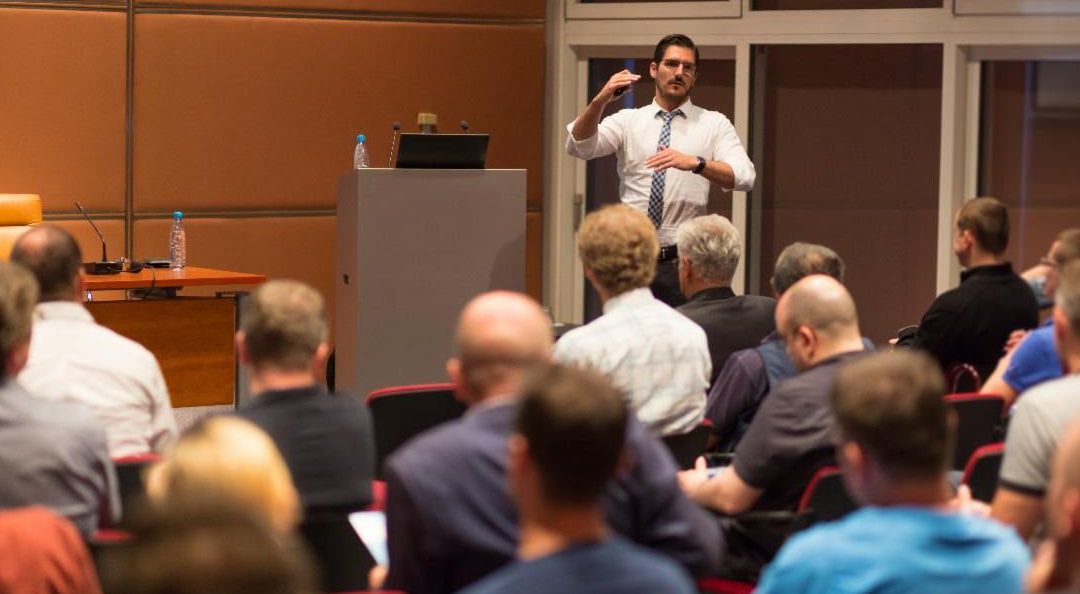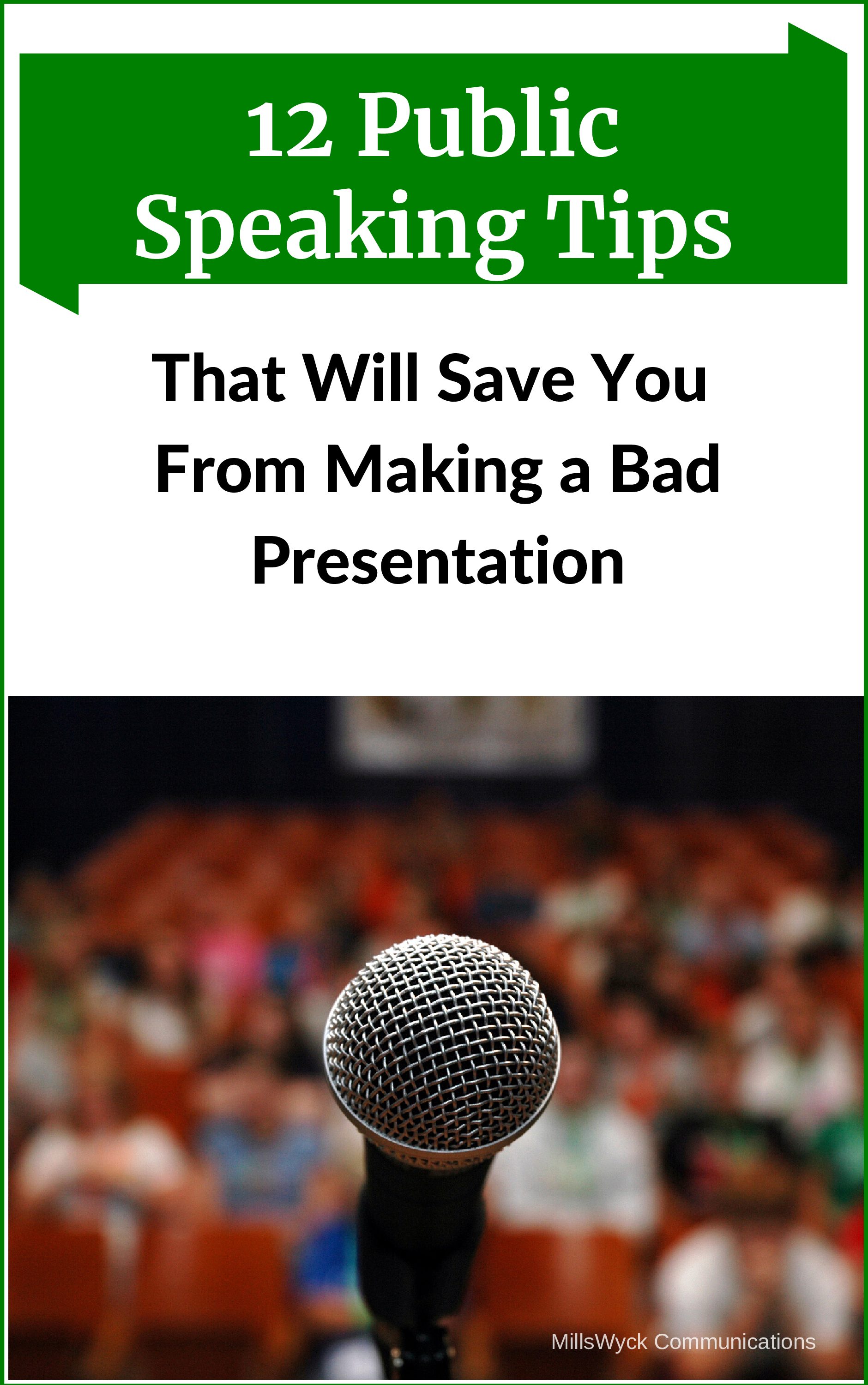There is an important change afoot in our world. It affects you. And I realized that the principles involved were worth sharing.
First, the situation. We are moving all of our backend systems and processes to a new server and method to support our new online training programs that we are releasing. That means you’ll no longer get email from this Constant Contact address. This is the last such mail you’ll receive. We’ve ported your subscription over to our new system and will continue to deliver monthly content to you. You don’t need to do anything to continue to get our newsletter, but there are a couple of nuances and a request.
I am told (this is NOT my world of expertise) that a new mass mailing system requires careful handling in order not to be flagged as “spam”. I think our fourteen-year track record of sending newsletters will prove to you that we are a low volume, low-pressure, information-only sort of email sender. I doubt I’ve made more than a few asks of you in that time. And that will continue to be our guiding principle to our newsletter subscribers. But our new system also will be handling our new social media interactions and drip campaigns (that is NOT what you’re signed up for and won’t receive without a separate signup). It’s important not to get our system flagged as a spammer right out of the gate. Here’s my ask: in March, would you please at least OPEN our newsletter? If you really want to do us a favor, REPLY TO IT just to say hello. That apparently makes the internet gods very happy. As always, you are one click away from unsubscribing, but I’d ask you to wait a month if you intend to do that (and unsubscribing to this last email won’t do anything because we’ve already ported our address database.)
Enough of the housekeeping. There’s a great principle of communication lurking and a tension that is not always easy to navigate.
Life principle: It’s easier to do what you’re doing than to do something new.
We had gotten amazingly comfortable with our old system. The template worked. Our social media/marketing manager could turn out a newsletter in minutes. Do a test, reload and hit send. It worked. It reported back and gave us an automated system that required little maintenance. But it did little to integrate (or at least we didn’t make the effort to integrate it) with new technologies we were trying and we didn’t work hard to use more than the limited functionality we understood. It was… easy. And it worked.
This principle is true in most areas of your life. You don’t change your exercise regimen, your commute route, your diet, and where you sit in church because it’s just easier to do what you’ve always done. When I taught college math, students would ask on the first day of class, “Do you have a seating chart or assign seats?” I’d respond: ”No! You’re an adult. Sit where you want.” Then on the second day, I’d make out a seating chart to learn their names. They inevitably sat in the same place.
This is dangerous for communicators. Your annual town hall meeting probably looks an awful lot like last year’s. Your annual report probably uses the same template as your previous one. You use the same sales pitch over and over. Your workshops are just a recording on repeat, with the same jokes, the same outcomes and the same exercises.
That’s not necessarily bad. Experts who master their craft do great things and repeating them with excellence is a mark of a craftsman. But what if… what if there was a better way?
I coached basketball much like I had been coached. I never stopped to ask if the model I was imitating was a good one. It was what I knew and could reproduce.
We speak like we’re comfortable speaking and what has gotten us through our previous events and challenges. When people tell us it’s good, we aren’t motivated to change it. But we rarely ask, “Is this the best way to do it?”
I ate the same lunch every day from the sixth grade through my first year of permanent work (twelve years of peanut butter, jelly, and mustard sandwiches with a box of raisins and peanut butter Town House crackers. Plus three cookies and a Starlight mint). It got me through middle school, high school, college and a teaching job. But it was, well, bland.
When I taught in corporate, I really only taught two or three classes. One day I realized that they had gotten stale and decided I wanted to try new things. I introduced exercises, better Q&A, visuals and even a stuffed animal attached to a Slinky-like spring that made a noise when he bounced. We named him (her?) Jerry Springer and it was a huge hit, according to the evaluations.
The way forward is a three step process (you should know by now there will be a series of three somewhere in our newsletter):
- Identify. What is the area that needs to be assessed? What hasn’t changed since your last effort? What are you doing but can’t explain WHY you are doing it? What have you “borrowed” without putting your own thought to it?
- Create. While wholesale changes don’t always need to be made, it’s frequently easier to start from scratch than it is to modify an existing system. It’s more painful, and may take more time and effort, but the results are worth it. Design with purpose and outcomes in mind.
- Evaluate. Don’t assume newer is better. Let facts and an honest evaluation be your guide. In the area of communication, the only opinion that really matters is that of your audience. Find ways to get good feedback.
The amount of details required to change systems has been daunting. But it’s been a great reminder that we can change quickly and for all the right reasons. We are excited about what is coming and how we can help more people reach their goals of impact in their communication.
Communication Matters. What are you saying?
Want more speaking tips? Check out our Free Resources page and our YouTube channel.
We can also help you with your communication and speaking skills with our Workshops or Personal Coaching.
This article was published in the February edition of our monthly speaking tips email newsletter, Communication Matters. Have speaking tips like these delivered straight to your inbox every month. Sign up today to receive our newsletter and receive our FREE eBook, “Twelve Tips that will Save You from Making a Bad Presentation.” You can unsubscribe at any time.




